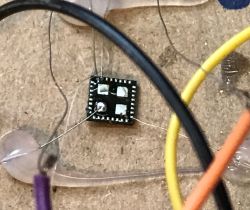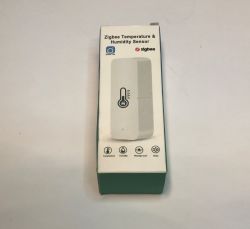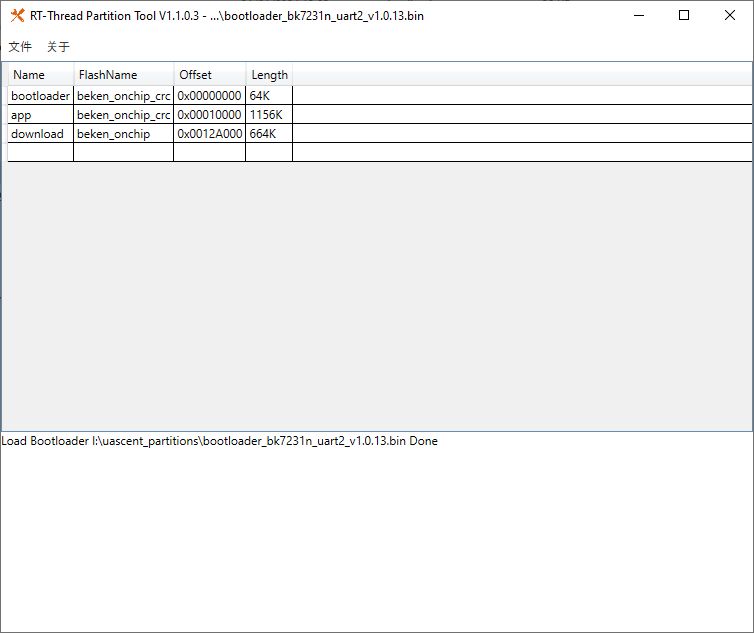Hi everyone,
sorry if I am writing in the wrong thread.
Since yesterday I've been struggling with a problem that seems to have overwhelmed me and the worst thing about it is that I think I know the solution, but for obvious reasons it doesn't suit me.
The issue concerns addressable LEDs specifically RGBIC. Tape 10 m 24V power supply (powered from both sides).
Tuya wifi control.
Distance of tape from power supply and module 2.5 m. Soldered connections
All the leds work, but. They live a life of their own. The colours do not match those in the application, during the floating effect the colours suddenly change and there is a flicker.
While checking I grabbed the connection of the control circuit with my fingers and.... everything returned to normal. I let go - disco. I don't squeeze the wires which would indicate a lack of contact. I just touch them lightly and it works properly. As I don't have that much free time to hold the wires with my fingers, please advise how to fix the problem.
sorry if I am writing in the wrong thread.
Since yesterday I've been struggling with a problem that seems to have overwhelmed me and the worst thing about it is that I think I know the solution, but for obvious reasons it doesn't suit me.
The issue concerns addressable LEDs specifically RGBIC. Tape 10 m 24V power supply (powered from both sides).
Tuya wifi control.
Distance of tape from power supply and module 2.5 m. Soldered connections
All the leds work, but. They live a life of their own. The colours do not match those in the application, during the floating effect the colours suddenly change and there is a flicker.
While checking I grabbed the connection of the control circuit with my fingers and.... everything returned to normal. I let go - disco. I don't squeeze the wires which would indicate a lack of contact. I just touch them lightly and it works properly. As I don't have that much free time to hold the wires with my fingers, please advise how to fix the problem.





